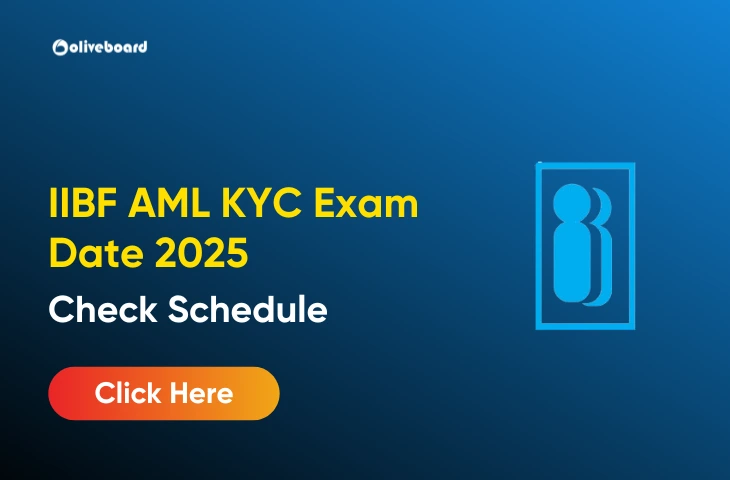KYC
KYC (Know Your Customer) is an essential process for businesses, especially in the banking, financial, and cryptocurrency sectors. It involves verifying the identity of customers to prevent illegal activities such as money laundering, fraud, and terrorist financing. In this article, we will discuss everything you need to know about KYC, including its full form, importance, and how it works.
KYC Full Form
KYC Full Form stands for “Know Your Customer.” It refers to the process of a business identifying and verifying the identity of its customers. This procedure ensures that companies can prevent identity theft, financial fraud, and money laundering by ensuring that their customers are legitimate.
Why is KYC Important?
KYC plays a crucial role in maintaining the integrity of financial systems. Here’s why KYC is important:
- Prevents Money Laundering: By verifying the identity of customers, KYC helps prevent money laundering activities.
- Prevents Fraud: KYC ensures that individuals are who they say they are, thus reducing the chances of fraud.
- Helps in Regulatory Compliance: Financial institutions are legally required to follow KYC guidelines to comply with regulatory bodies like the RBI (Reserve Bank of India) or SEBI (Securities and Exchange Board of India).
- Builds Trust: KYC helps build trust between the business and customers, as both parties know that the company is taking measures to ensure safety.
KYC Process – How Does It Work?
The KYC process involves several steps that ensure thorough identity verification. Let’s explore these steps in detail.
1. Customer Identification
The first step in the KYC process is to collect information that identifies the customer. This could include personal details such as:
- Full name
- Date of birth
- Address
- Nationality
- Occupation
2. Document Submission
The customer is asked to provide documents to prove their identity and address. Common documents required include:
| Document Type | Purpose |
| Passport | Identity verification |
| Aadhar Card | Identity and address verification |
| Voter ID | Identity verification |
| Utility Bills | Address verification |
3. Verification of Documents
Once the customer submits the necessary documents, the business verifies the authenticity of these documents. This step is crucial in ensuring that no fraudulent activities are taking place.
4. Risk Assessment
Financial institutions conduct a risk assessment based on the customer’s profile. High-risk customers may undergo additional scrutiny, which could involve more frequent document updates or additional checks.
5. Continuous Monitoring
After completing the initial KYC process, businesses continue to monitor customer accounts for any suspicious activities. This ongoing monitoring helps to detect any red flags or activities related to financial crimes.
Types of KYC
There are different types of KYC processes based on the level of risk involved with the customer. These include:
- Simplified KYC: Used for customers with low-risk profiles. The process involves minimal checks and is faster.
- Regular KYC: For customers with a standard risk level, this process involves standard verification steps, including document submission and verification.
- Enhanced KYC: This type of KYC is for high-risk customers, and it involves more frequent updates and additional verification measures to ensure the customer’s identity is legitimate.
KYC Regulations
KYC regulations vary by country, but they all serve the same purpose of verifying a customer’s identity and preventing illegal activities. In India, the Reserve Bank of India (RBI) and Securities and Exchange Board of India (SEBI) are the two primary bodies that enforce KYC regulations. The regulations typically involve periodic updates to ensure that customer information remains accurate.
For example:
- RBI mandates banks to perform KYC for all customers and periodically update the KYC data.
- SEBI also enforces KYC processes for investors in the securities market.
KYC in the Digital World
With the rise of digital transactions and online banking, the KYC process has evolved. Many financial institutions now offer eKYC (electronic KYC) to make the process more efficient. Here’s how eKYC works:
- Online Submission of Documents: Customers can submit their documents digitally, making the process faster.
- Face Verification: In some cases, face verification is done through video calls or selfies to confirm the customer’s identity.
- Aadhar-based eKYC: In India, Aadhaar-based eKYC allows customers to verify their identity using their Aadhaar card details online.
Benefits of KYC
KYC offers several benefits to businesses and customers alike. Some of these benefits include:
- Security: KYC ensures that businesses are not dealing with fraudulent customers, thus enhancing overall security.
- Transparency: It promotes transparency in the financial ecosystem by ensuring that all transactions are legitimate.
- Ease of Banking: A verified customer can enjoy faster and smoother banking or financial services, as their identity is already authenticated.
Challenges in KYC
Despite its benefits, the KYC process does come with a few challenges:
- Data Privacy Concerns: Customers may be hesitant to share personal and sensitive information due to concerns over privacy.
- Complexity for Customers: Some customers may find the process of submitting documents and going through verification a hassle.
- Costs for Businesses: For businesses, maintaining a comprehensive KYC process can be time-consuming and expensive.
KYC for Businesses: What Companies Need to Do
For businesses, it is crucial to implement a robust KYC process. This involves:
- Regularly Updating Customer Information: Ensuring that all customer information is up-to-date and accurate.
- Risk Management: Businesses should classify customers based on their risk levels (high, medium, low) and implement the appropriate KYC checks for each category.
- Training Staff: It is essential for businesses to train their staff on KYC procedures and to stay updated on regulations.
- Use of Technology: Leveraging technology, such as artificial intelligence and machine learning, can help in more effective monitoring of suspicious activities.
| Related Article | Links |
| KYC and AML | Click here to Check |
| KYC/AML/CFT Norms for JAIIB | Click here to Check |
Conclusion
KYC (Know Your Customer) is an integral part of financial systems worldwide. The KYC full form is not just about identity verification; it’s about protecting businesses, customers, and entire industries from fraudulent activities. With the rise of digital transactions, the KYC process continues to evolve, offering more efficient and secure ways to verify identities.
KYC Full Form – FAQs
Ans. KYC stands for “Know Your Customer.”
Ans. KYC का मतलब है “अपने ग्राहक को जानें।”
Ans. KYC helps prevent fraud, money laundering, and ensures financial security by verifying customer identities.
Ans. The KYC process involves submitting personal documents, completing forms, and verifying identity through official records.
Ans. KYC ensures secure financial transactions, reduces risks, and helps businesses comply with regulatory requirements.
Ans. Financial institutions, banks, and other regulated entities are responsible for carrying out the KYC process.
Ans. Common documents for KYC include identity proof (Aadhar, passport), address proof (utility bills), and a photograph.
- Legislation Against Money Laundering, AML KYC Certification
- IIBF AML KYC Exam Date 2025, Check Schedule
- IIBF AML KYC Certification, Check Complete Details and Benefits
- IIBF AML KYC Syllabus 2025, Check Exam Pattern
- Basel Committee, AML KYC Certification Course
- International Cooperation of Money Laundering, KYC AML

Hello there! I’m a dedicated Government Job aspirant turned passionate writer & content marketer. My blogs are a one-stop destination for accurate and comprehensive information on exams like Regulatory Bodies, Banking, SSC, State PSCs, and more. I’m on a mission to provide you with all the details you need, conveniently in one place. When I’m not writing and marketing, you’ll find me happily experimenting in the kitchen, cooking up delightful treats. Join me on this journey of knowledge and flavors!






